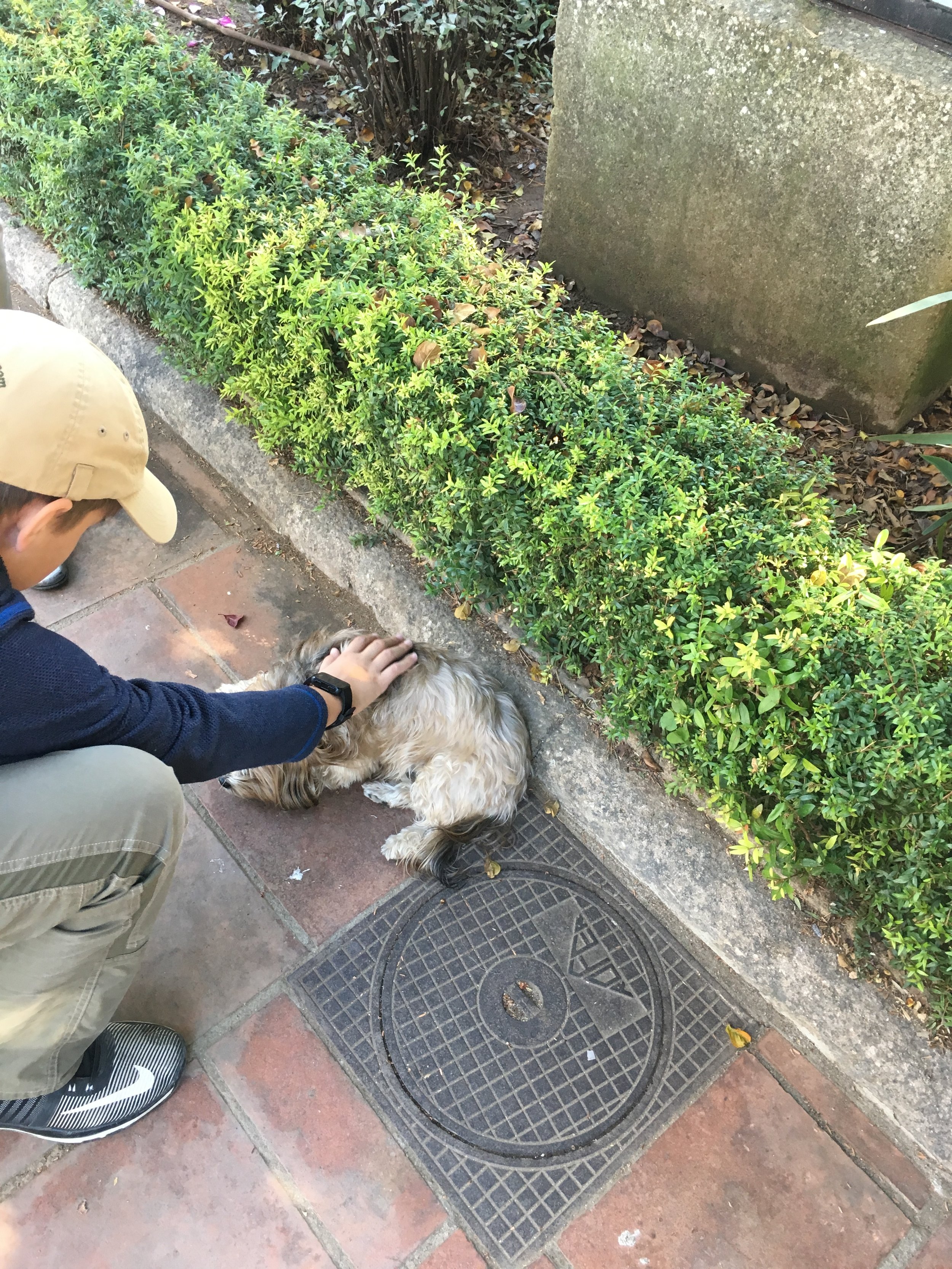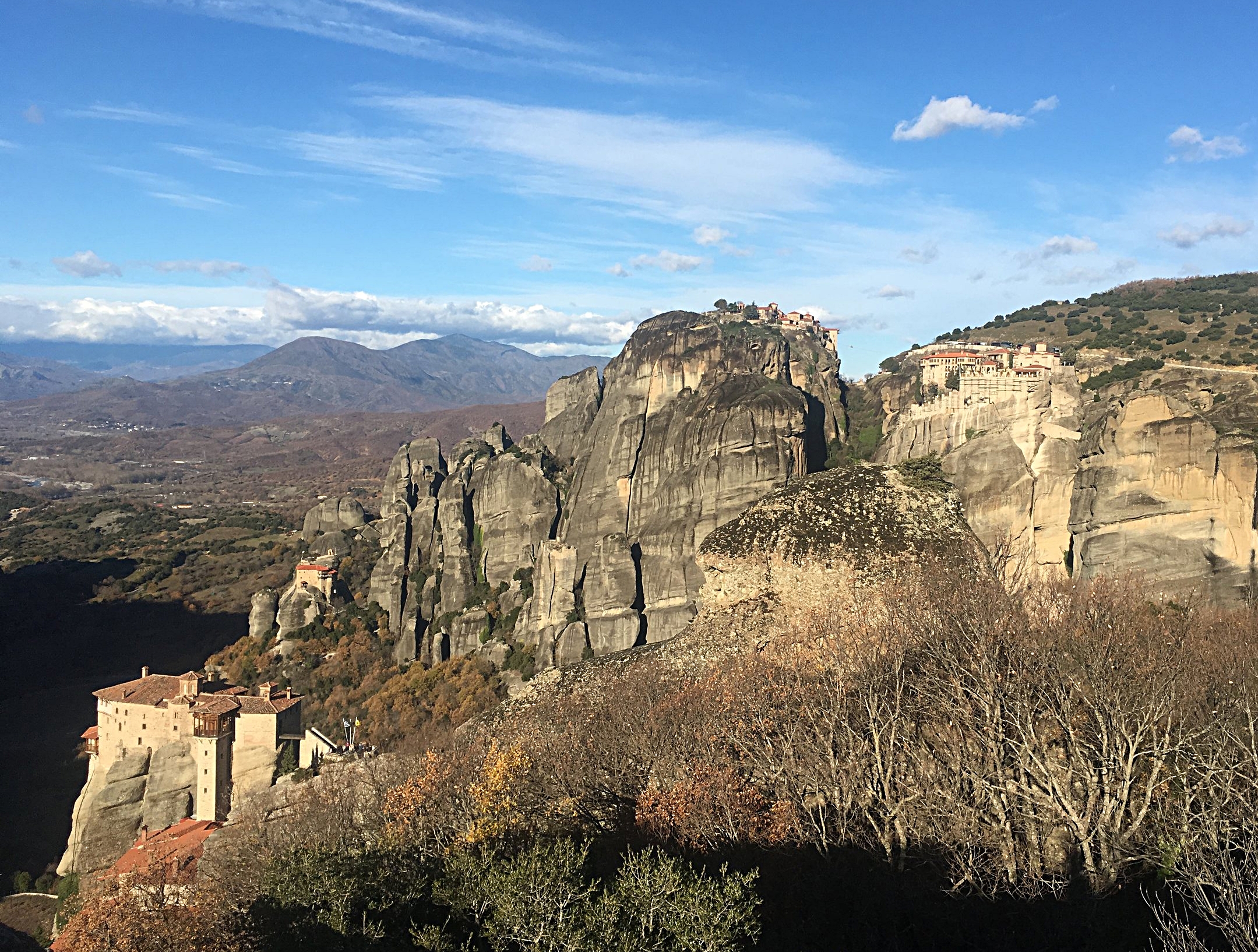Epilogue... "Repatriation"
We were met by Belinda, Ben and Connor at Louisville airport...a surprise welcome home by the family. William and Brittany showed up the following day. It was a party weekend with family and friends.
I told John that he needed to develop an "elevator speech" to ease the pressure on him to answer the onslaught of questions. Pick his favorite place, be able to say why...a 30second monologue, the same every time and everyone will be happy, especially the teachers :). Speaking of teachers, John did very well on his two-days of math testing. In fact, he was back in the swing of school immediately (though briefly...two days then Christmas break!!). John exited the adventure and was repatriated like a champ. I could not be more proud.
Belinda and the rest of the guys seemed to have excelled while we were gone, so John and I were careful not to foul things up, except we were eager to pitch in with the chores we had escaped for so long. Home is a beautiful thing. Our adventure was a huge success, and without any collateral damage or crises !! Praise the Lord. I am thankful for this opportunity to expose, teach and guide the character development of a son, personally and by example. I am thankful for the understanding and support of the rest of the family in this endeavor. The teachers and principal were supportive, that could have gone either way, yet they chose to be helpful. Our preacher provided a superb study plan on character. The HQ and in-country support from some of the travel agents made a huge difference on "ease of logistics and change management." Our local teachers, the guides, tutors and specialists made the learning fun and deep compared to what is in the textbooks.
A final thank you to you, the loyal readers following this blog. I was encouraged by your feedback and interest in our developing story. Merry Christmas, and all the best for a safe, successful 2018. Lots of love from me, John and the rest of the Blankenship family.














































































